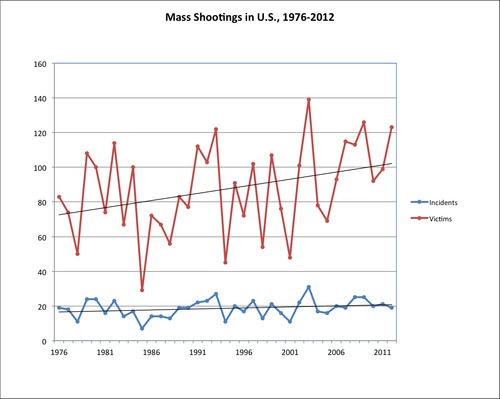Republicans Fight Covid Mandates, Then Blame Biden as Cases Rise →
Jonathan Weisman, writing for the New York Times.
As [Republican House Minority Leader] McCarthy faulted Mr. Biden for failing to stop the virus, he also criticized him for demanding people get vaccinated, even health care workers. Mr. Biden, he said, “fired workers who were working because they wouldn’t comply with his Covid mandates. These were the same people who were heroes a year before.”
Matt Sparks, a spokesman for Mr. McCarthy, said he saw no contradiction in fighting vaccine mandates while faulting the president for his pandemic response. For instance, “natural immunity from those that have recovered from infection” should suffice to meet vaccination requirements, he said.
“The lack of acknowledgment of this fact further erodes the public trust in the vaccine and our public health officials,” he added. (The C.D.C. strongly advises that even those who have recovered from Covid-19 get vaccinated, citing a study out of Kentucky that found that previously infected people were more than twice as likely to get Covid-19 again as fully vaccinated people.)
This entry was tagged. COVID-19 Joe Biden Republicans Research
